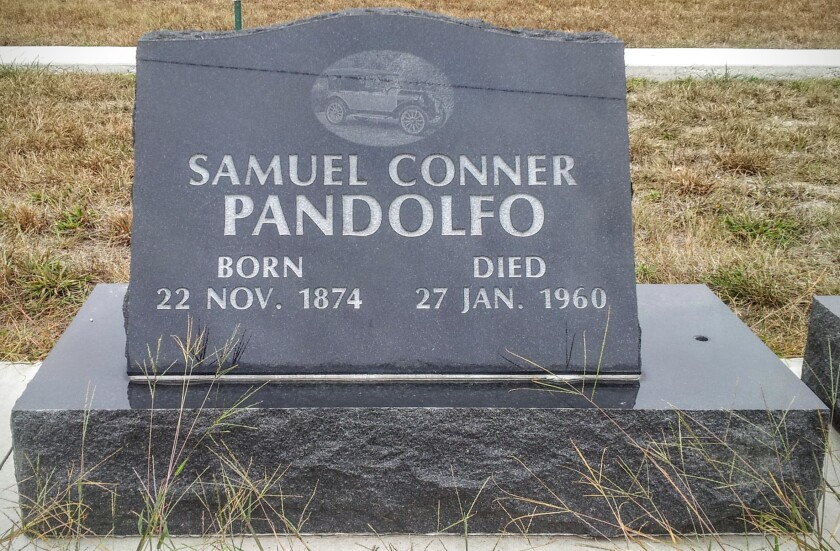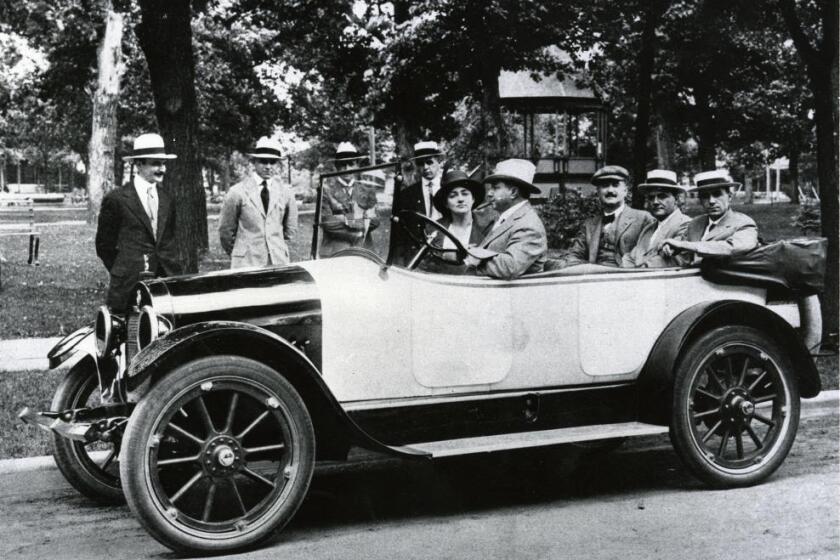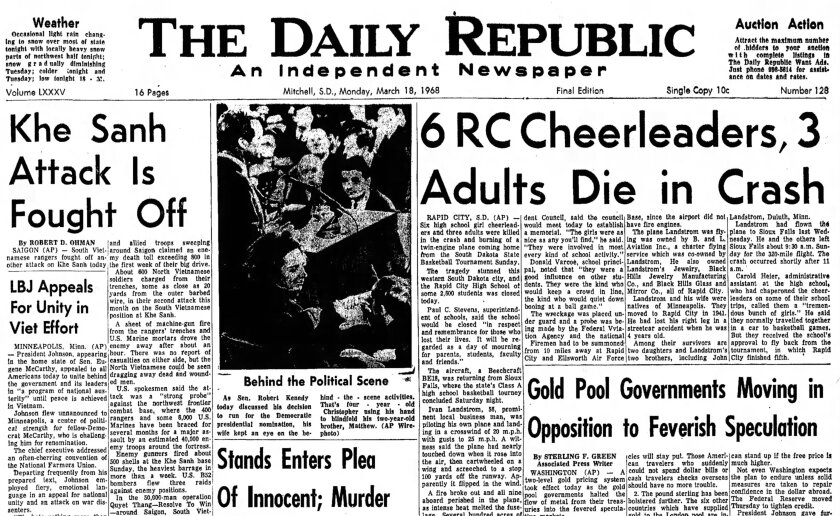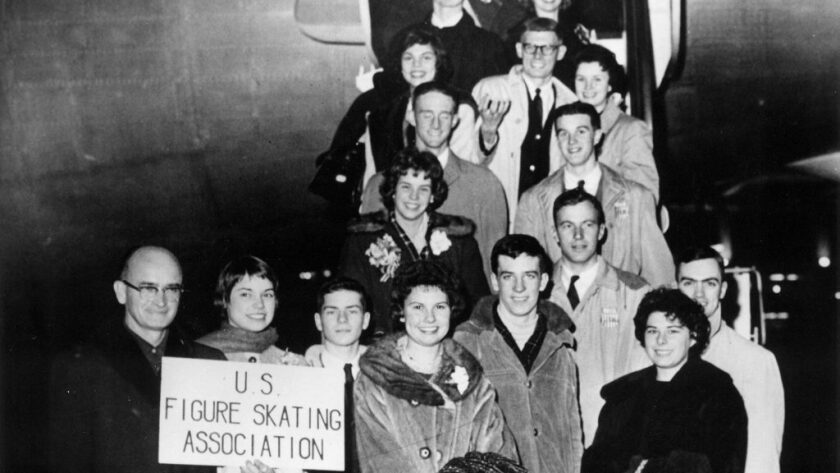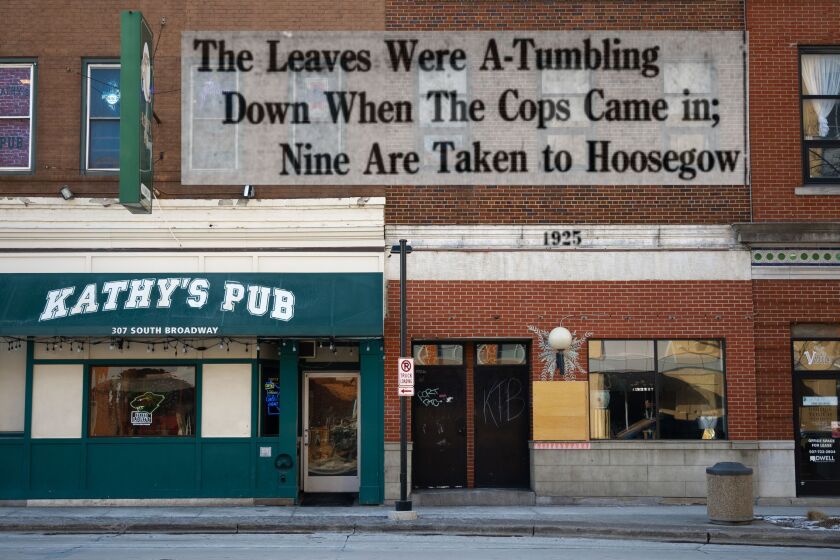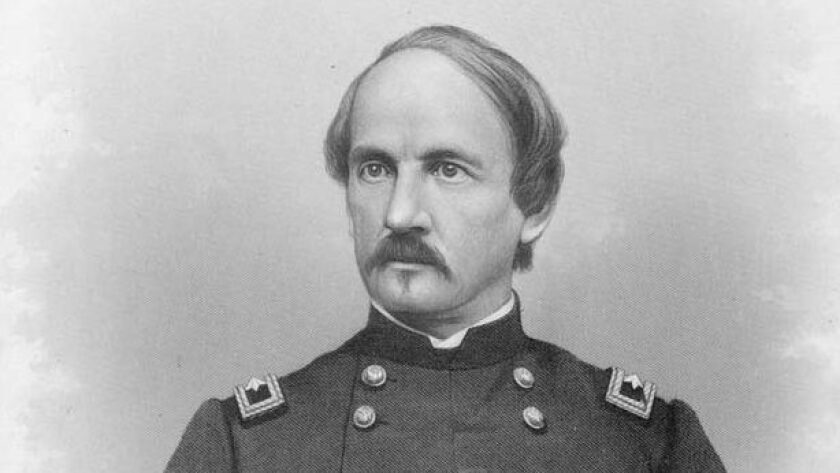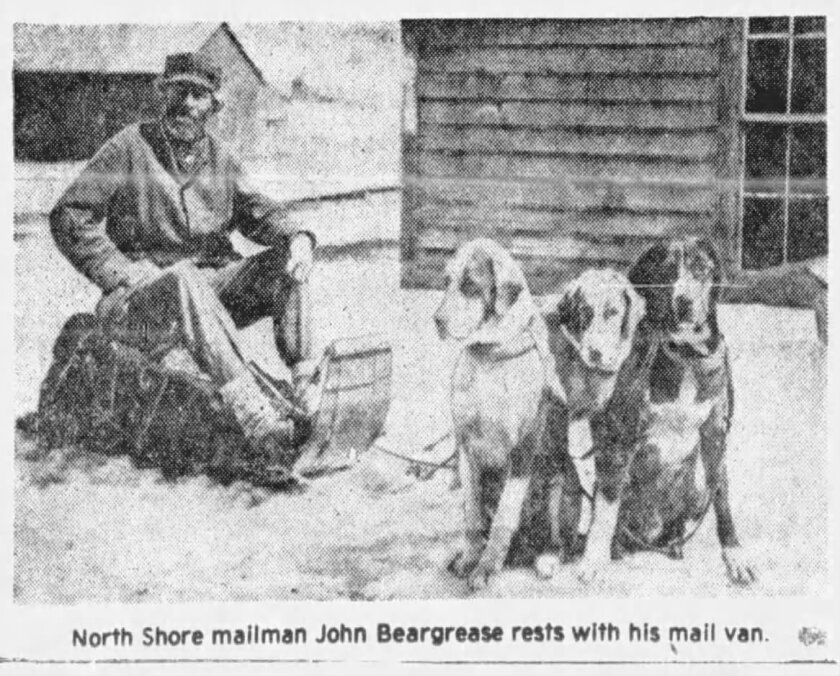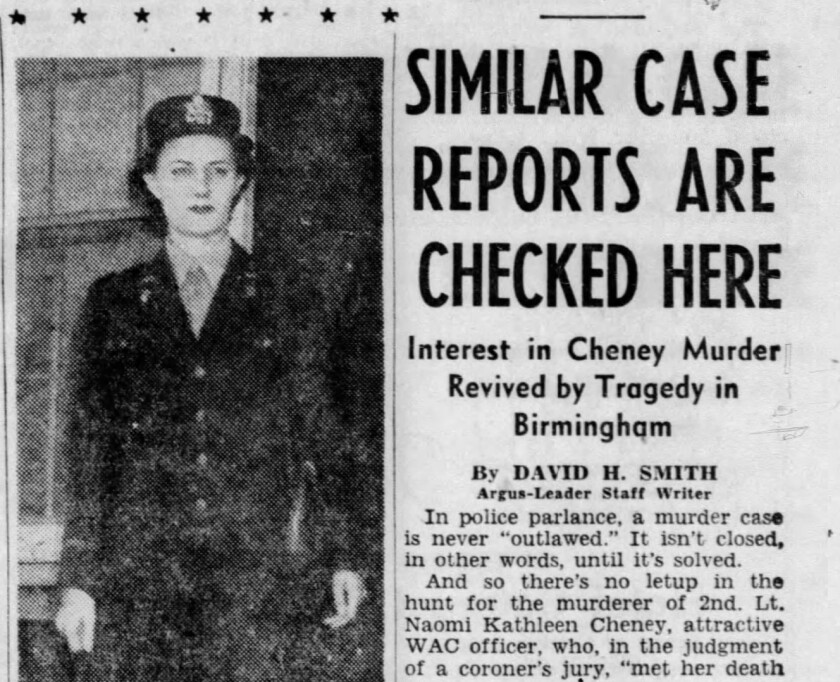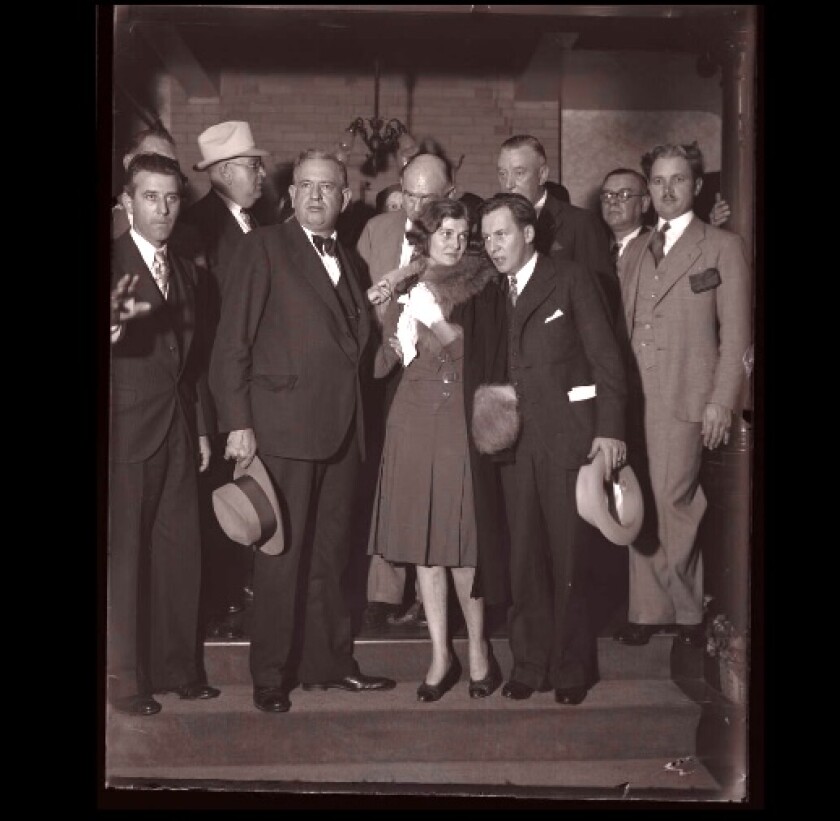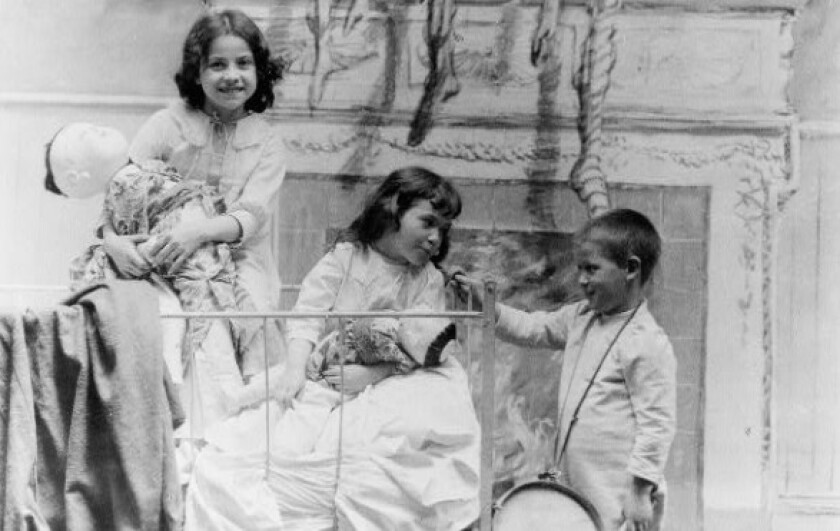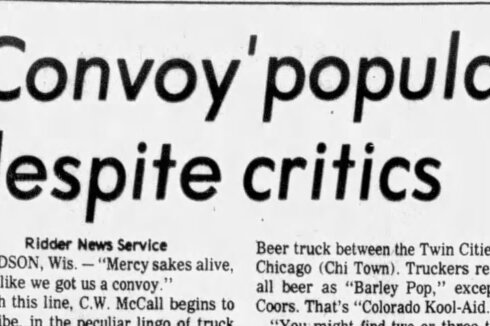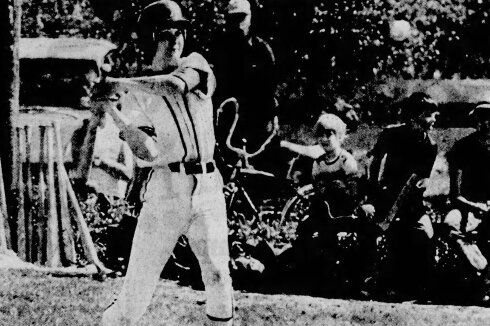ST. CLOUD, Minn. — Samuel Pandolfo was a man of ideas, ambition and experience traveling on the road.
The former principal, school teacher and insurance salesman was looking for a change of pace in the mid-1910s, leading him from the American southwest to St. Cloud, Minnesota.
ADVERTISEMENT
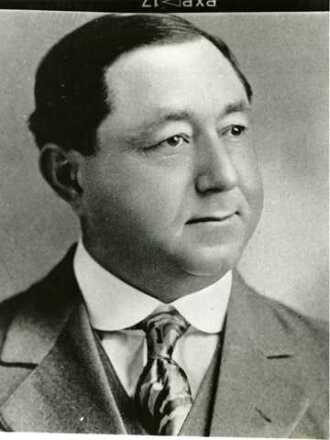
His idea was to create automobiles designed for travelers.
He imagined fold-down sleeper seats, space for extra gasoline, oil, water, tools and an ice-cooled section for beverages and food, according to “The Legend of Sam Pandolfo,” a biography by John J. Dominik published in 2003.
Pandolfo’s vision was to create an automobile manufacturer: Pan Motor Co. — a play on his last name and short for Pan-American.
What started as Pandolfo’s dream turned into a nightmare.
By the time Pan Motor Co. folded five years later, only 750 cars were produced, and Pandolfo himself ended up in Leavenworth Prison for three years.
Beginnings
Pandolfo, born in Mississippi in 1874, grew up on a plantation and was an educated man, according to Dominik's book. Pandolfo attended Southern University, a Methodist college in Greensboro, Alabama.
His education led him to become a Texas high school principal in 1896 and then a superintendent in New Mexico. He had a part-time job selling life insurance and later made the switch to full-time.
ADVERTISEMENT
The beginning of Pan Motor Co. can be traced to 1916 when Pandolfo’s interest in the insurance industry was fading.
At the same time, the automobile industry was booming, with vehicle sales tripling from 1914 to 1916.
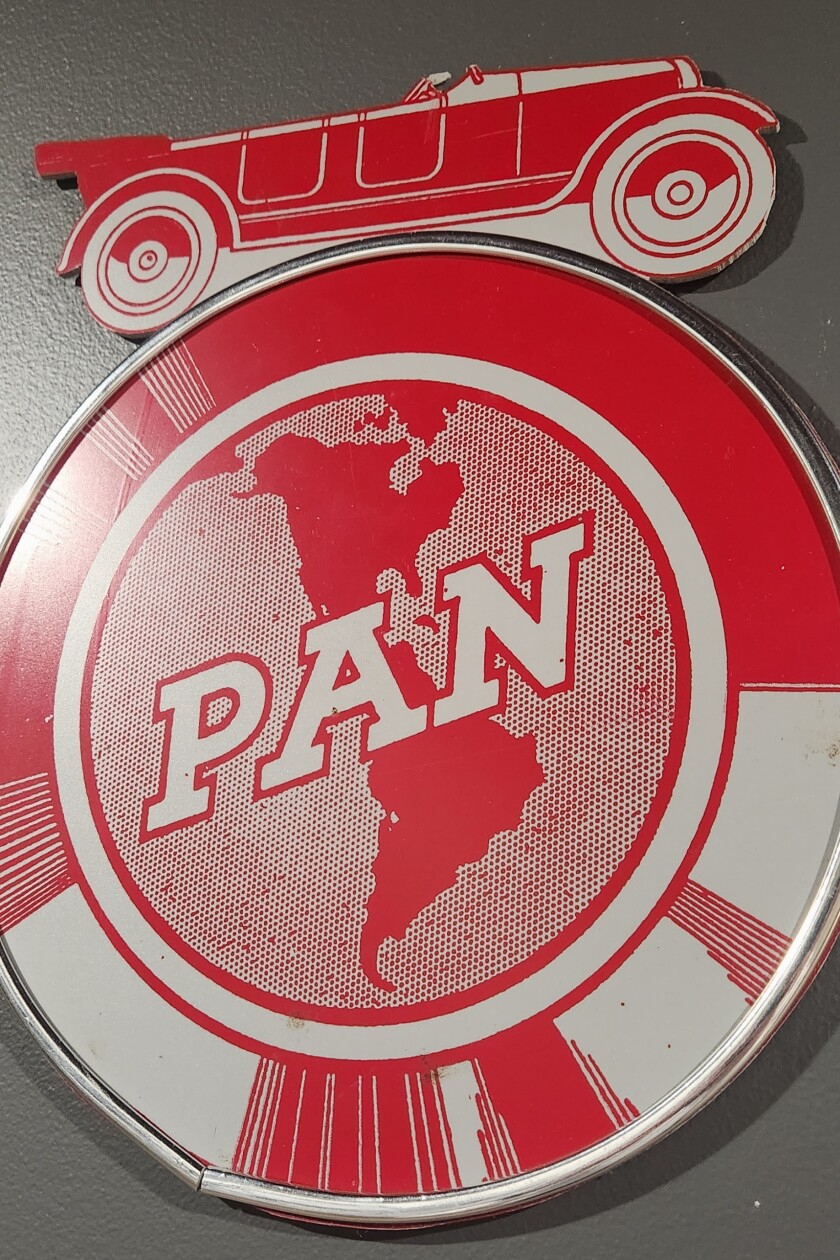
Pandolfo, along with a fellow ex-insurance salesman, began selling the stock for their idea, the Pan Motor Co. In the fall of 1916, they incorporated the company and began searching for engineers and a city suitable for a car company.
Pandolfo recruited well-regarded engineers from Chrysler, Studebaker, Dodge Brothers, Continental, Benz Automobile Co., Locomobile, Pioneer Tractor, Kent Motor Co. and more, according to Dominik.
Eventually, Pandolfo reached out to the St. Cloud Commercial Club. In early 1917, he visited the city of more than 10,000 residents. By March 2, 1917, newspapers had confirmed that Pan Motor Co. was set to make its move to St. Cloud.
Why St. Cloud? It depends on who you ask.
King Banaian, an economics professor at St. Cloud State University, said that St. Cloud had the workforce to support the motor company.
ADVERTISEMENT
“You had to have the people, you had to have capital, and you had to have access to the land. When I say people, you need the skills, the people with the skills required to do that kind of work,” Banaian said. “And we think they were here.”
In advertisements and promotional fliers, Pandolfo expressed his reasoning a bit more straightforwardly.
He asserted that iron ore was easily sourced within 150 miles of St. Cloud, and noted that there was a railroad near the factory. The nearby power dams on the Mississippi River were also a benefit.
Pandolfo also claimed that it was up to 25% cheaper to live in St. Cloud than it did in Detroit or the east automobile manufacturing territory.
"A thorough investigation shows that St. Cloud has better facilities and a location that cannot be equaled in any part of the United States," Pandolfo said in a February 1918 promotional magazine. "We don't see any reason for locating an automobile plant anywhere else."
Momentum grows, production starts
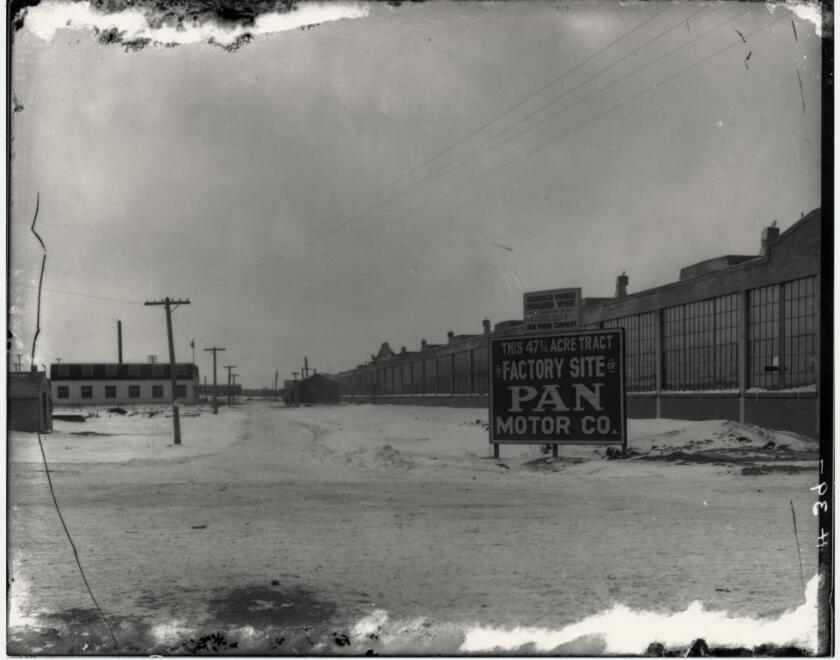
While St. Cloud had its natural resources and a suitable workforce, it faced a significant need for adequate housing.
That was apparent to Pandolfo, who purchased a nearly 50-acre tract of land west of St. Cloud for $11,000 (worth about $209,000 in 2024).
ADVERTISEMENT
The plant was bordered on the east by 33rd Avenue and straddled an east-west road that extended Cooper Avenue North and St. Joseph Road, according to Dominik.
That area is now known as Pantown, a historic neighborhood along Veterans Drive (then Eighth Street) and 33rd Avenue.
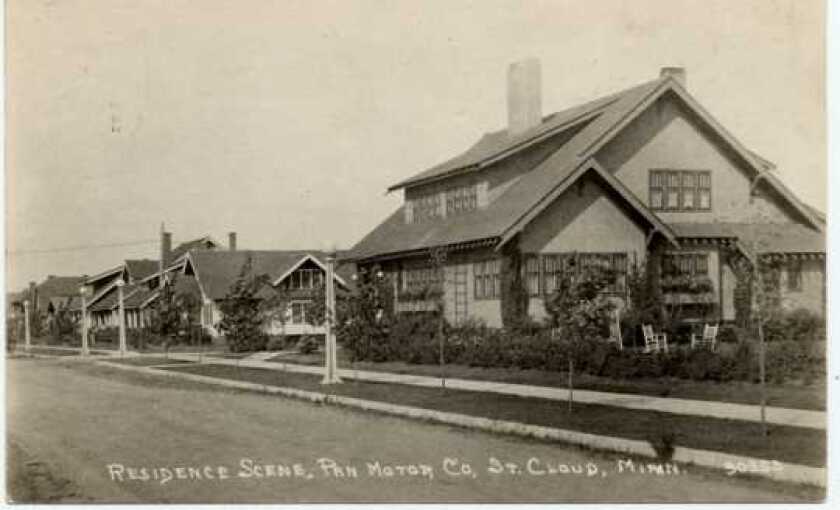
His vision for the development included housing for his employees, a fire department and a hotel. Construction for the homes began in 1917 and more than 50 houses were built, short of Pandolfo's target of 100.
By June 30, 1917, automobile parts from Indiana rolled into St. Cloud, where the Pan Motor Co. cars were assembled.
A few days later, Pandolfo hosted a July 4 grand opening celebration. The event has become a local legend.
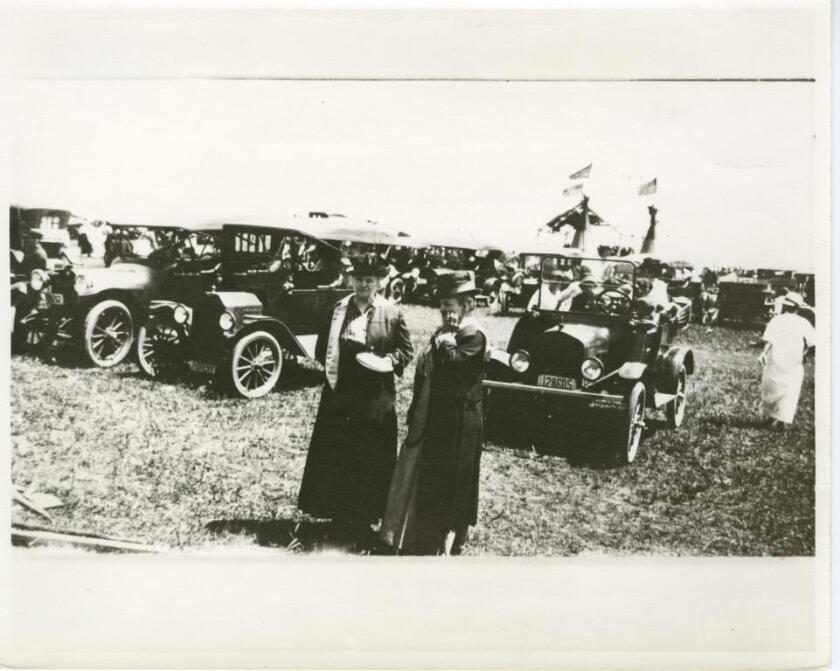
An estimated 70,000 people attended the celebration, which served as a way for Pan Motor Co. to showcase its novel vehicles and give Pandolfo another opportunity to sell stocks.
According to Dominik, the crowd was treated to more than 15,000 pounds of baby beef and 8,000 loaves of bread.
ADVERTISEMENT
More than 100 salesmen sold stocks at the event. By fall of 1917, Pan Motor Co. had more than 9,000 stockholders in 37 states.
In the company's early days, the first 10 cars, known as the Pan Model 10, were delivered unassembled via railroad from Reed & Glaser, an Indianapolis engineering firm. The vehicles were then assembled inside an experimental building on the eastern corner of 33rd Avenue and St. Joseph Road in St. Cloud.
By late 1918, the cars were manufactured and built in St. Cloud, according to Dominik.
Next came the Model 250, decked with semi-elliptic springs and a high-carbon pressed steel frame with a convertible top. The vehicle had a four-cylinder, 34-horsepower engine. It was designed as a "tourist sleeper," previously introduced in 1914 by Grinnell, Iowa-based Spalding.
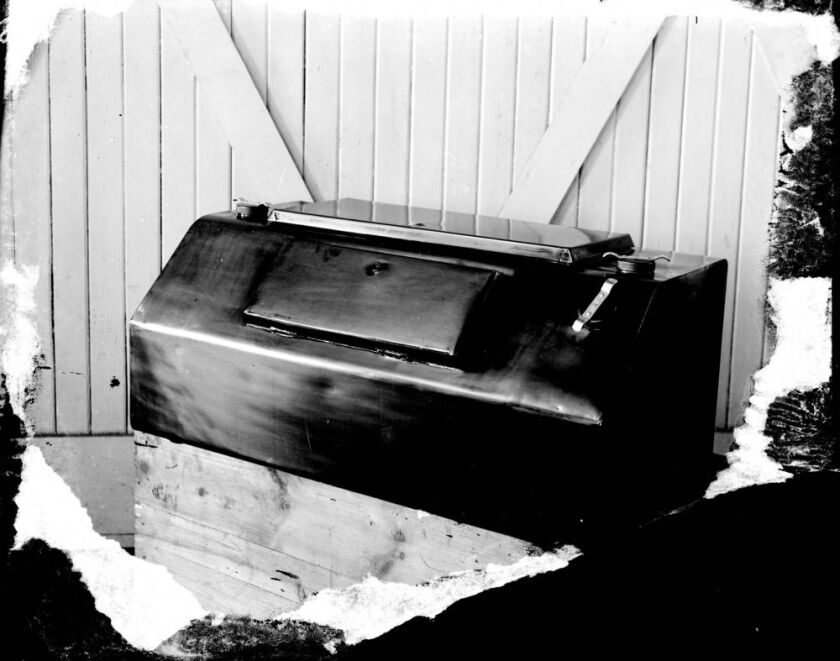
What set the vehicle apart was its Pandolfo Combination Compartment Tank, which was bolted to the vehicle's rear frame. The tank carried an extra supply of gasoline, water, oil, food and beverages and an ice compartment. Tools and a jack were also in the tank.
The car cost $1,250 (roughly $30,600 today) and included a temperature monitor, a speedometer, a rim-wind dash clock and an electric horn.
Pan Motor Co.'s production of the Model 250 was slow and inconsistent. No more than one was produced every day.
ADVERTISEMENT
The company lost about $1,000 on each vehicle it sold.
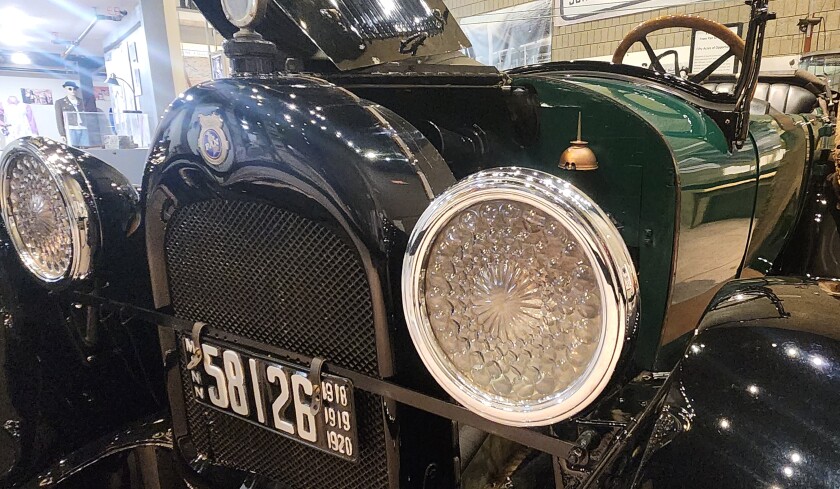
In fact, there was never more than one Pan Motor car assembled in a day. One reason was the late delivery of parts during wartime conditions. Dominik attributed the slow production to contracts with the U.S. Navy for hammock hooks and other companies.
Pandolfo’s timing, at the peak of World War I, was unfortunate, Banaian said.
“You couldn’t find young people who would buy a Pan car because they were mobilized and fighting the war,” Banaian said. “So, he picked the wrong time.”
Pan Motor Co. also produced the Pan Model A, a five-passenger touring car with a four-cylinder engine and seats that converted to a bed. The Model A sold for $1,058 (equivalent to $25,940 today).
After the Armistice ended World War I on Nov. 11, 1918, Pan Motor Co. planned to increase its production to 30 cars a day but never reached that mark, Dominik wrote.
In comparison, Ford was turning out more than 3,200 Model Ts, which cost about $525 (roughly $13,883 today)
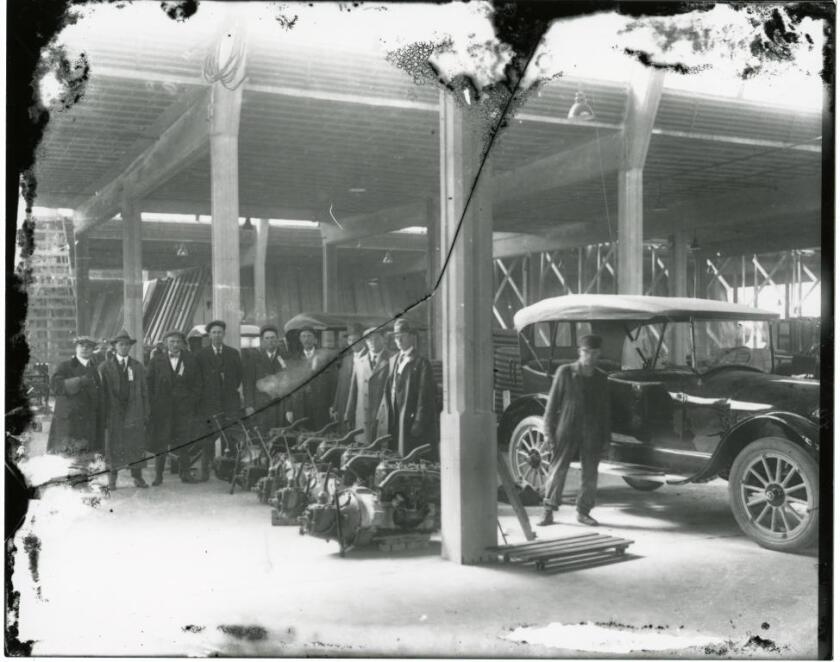
Issues start to mount
While 1919 was a peak in Pan Motor Co.'s stock efforts, the company had carried a $500,000 three-year net loss.
Pandolfo’s troubles were compounded by overselling $10 stock certificates.
In 1919, he was indicted for mail fraud, accused of defrauding investors by diverting half of the stock’s value away from the company.
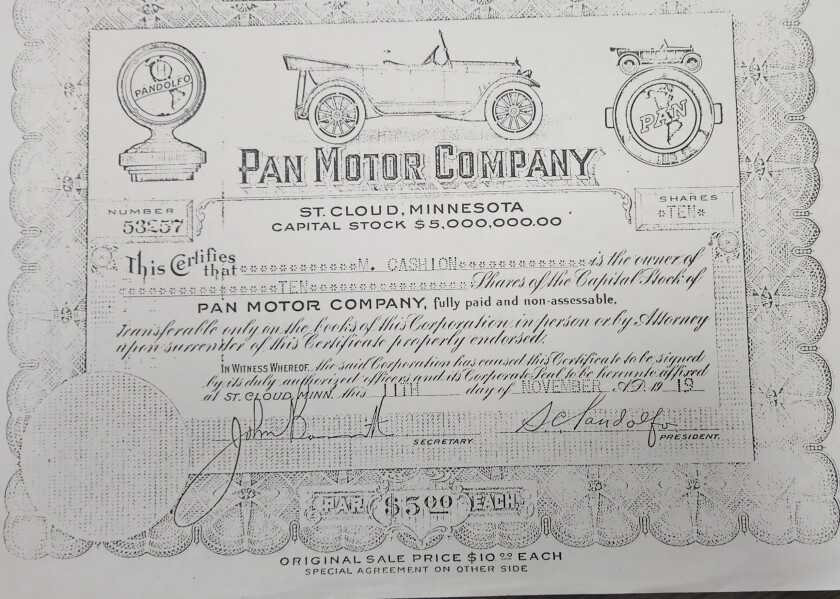
“There were lots of these folks who were selling stock for businesses where the amount of money they collected was for more than they could ever really use, and then the money got diverted to things that may have helped (Pandolfo) out,” Banaian said.
After a six-week trial in Chicago, a jury convicted Pandolfo of mail fraud and sentenced him to 10 years in prison.
In all, thirteen Pan Motor Co. employees were prosecuted, but only Pandolfo was convicted.
The Pan Motor Co. was unable to recover and closed in 1922.
In total, only about 750 Pan Motor cars were produced throughout the company's brief history.
Return to Minnesota
Pandolfo served three-and-a-half years at Leavenworth Prison in Kansas before returning to Minnesota.
He was still a local celebrity and, in 1926, he was greeted by a band and residents who filled the Davidson Opera House (113 Fifth St.) in downtown St. Cloud.
“You don’t meet a crook with a brass band,” Pandolfo told a local reporter.
That year, Pandolfo wrote a letter to the St. Cloud community thanking them for standing by him, according to the Fairbanks Daily News-Miner.
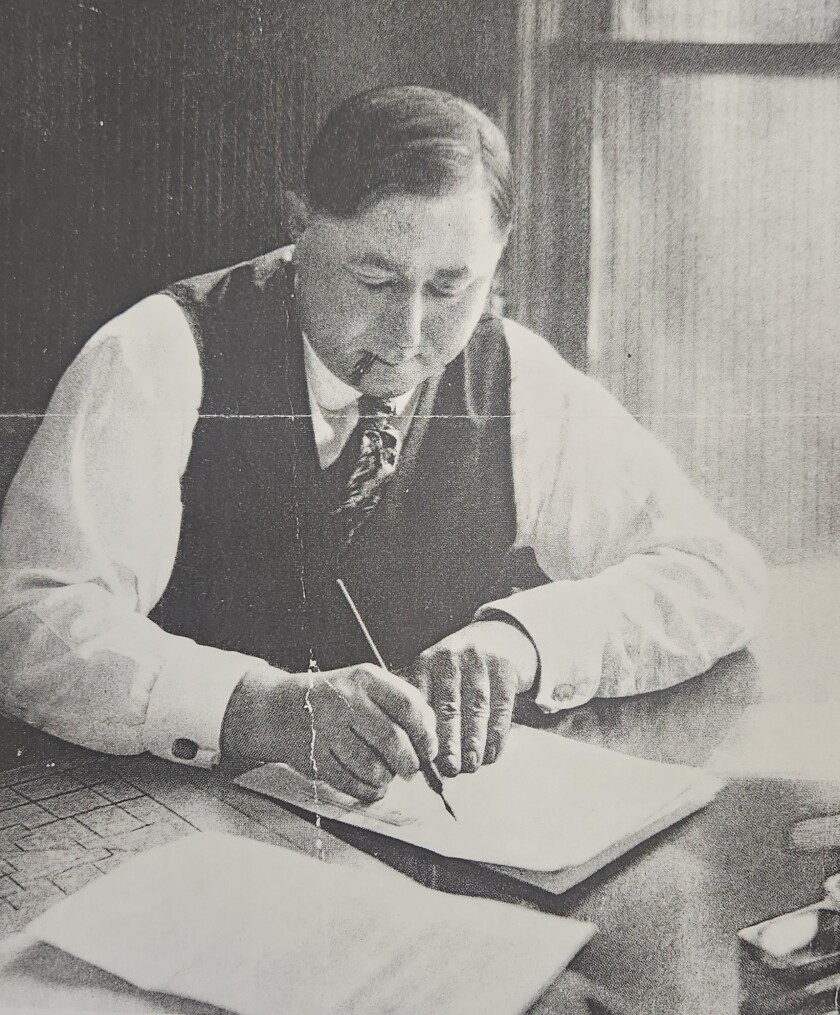
“It behooves me to live and operate among friends," Pandolfo wrote. "I shall be with you again. For the information of all, when I die I desire to be buried here. I want my dust to mingle with yours.”
Pandolfo, a natural salesman, next turned to what he knew best. He launched Pan Health Food Co., selling greaseless donuts, cookies, potato chips and fruit pies. He also started Pan’s Cafe with one location in St. Cloud and two in Colorado.
As the Great Depression spread across the nation, Pandolfo’s capital dried up, and the businesses shuttered. Dominik wrote that he bided his time waiting for the economy to recover.
“Again, terrible timing … Here comes the depression, bad timing. Sam may have been a genius, but he had no sense of timing for when he’s going to (start a business),” Banaian said.
By 1938, Pandolfo left St. Cloud. He filed paperwork to create the Old Line Insurance Shares Corp. in New Mexico. But it wasn't long after that he was wrapped in another legal battle.
On March 26, 1941, Pandolfo was indicted again on eight charges of mail fraud and four counts of violating security and exchange laws. After a week-long jury trial, Pandolfo was found guilty and began an appeal process. Pandolfo was taken into custody on Nov. 9, 1942.
He was paroled in February 1946 and continued to work as an insurance salesman in Colorado.
In 1956, Pandolfo moved to Alaska. He died four years later at the age of 85.
Finally, in 2011, Pandolfo's wish for his dust "to mingle with yours in St. Cloud" came true.
His great-grandson permitted Pandolfo's body be exhumed from his Alaska grave and cremated. His cremated remains were sent to St. Cloud, according to the Fairbanks Daily News-Miner.
Samuel Conner Pandolfo was finally laid to rest at St. Joseph Cemetery in Waite Park.
